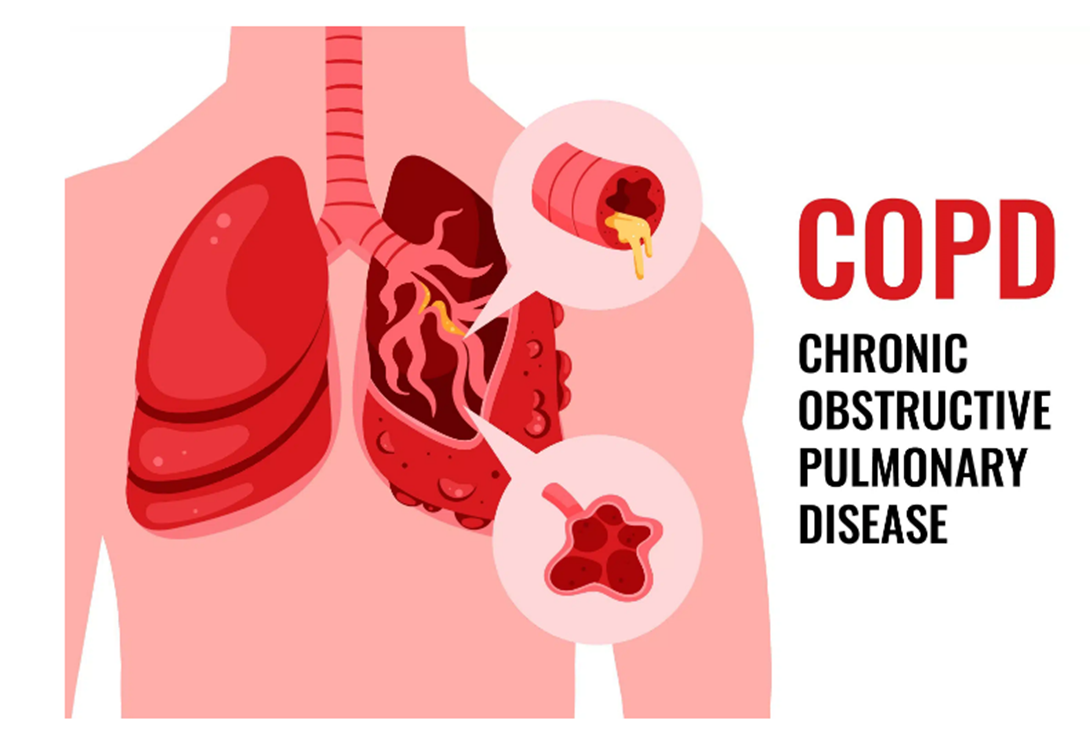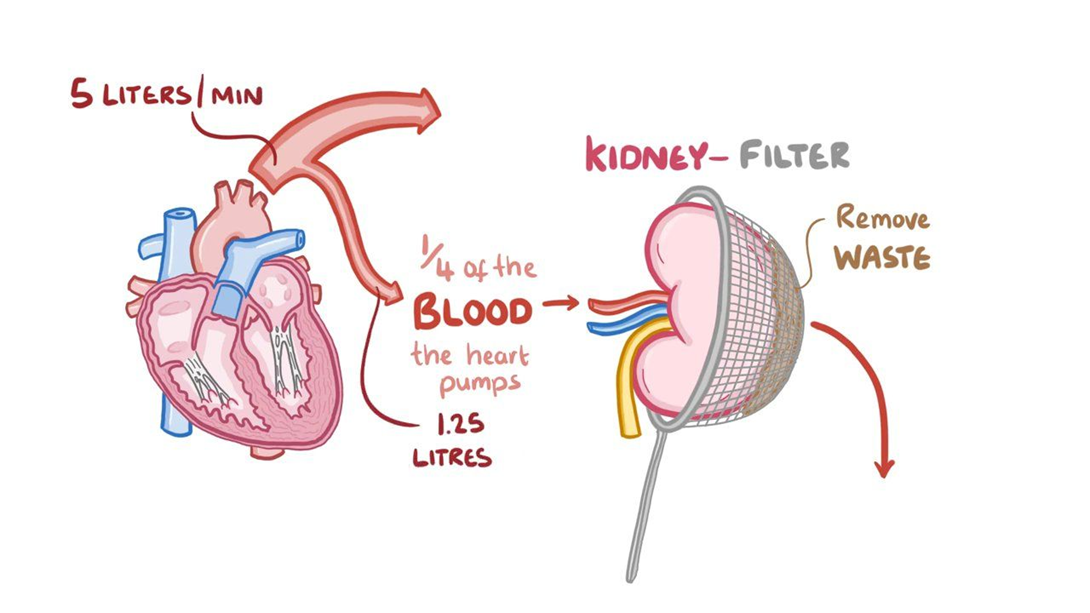An adolescent from a poor neighborhood who has a history of severe chronic obstructive pulmonary disease (COPD) and peripheral vascular disease (PVD) is being discharged from a funded nursing facility. Which action is most important for the nurse to implement?
Reinforce need for adequate hydration.
Provide typed instructions for healthy diet selection.
Schedule follow-up appointments with specialists.
Demonstrate specific breathing and walking exercises.
The Correct Answer is C
Choice A reason: Reinforcing need for adequate hydration is not the most important action for the nurse to implement, as this is a general recommendation for all clients and does not address the specific needs of this client. This is a distractor choice.
Choice B reason: Providing typed instructions for healthy diet selection is not the most important action for the nurse to implement, as this may not be feasible or accessible for this client who lives in a poor neighborhood and may have limited resources and literacy. This is another distractor choice.
Choice C reason: Scheduling follow-up appointments with specialists is the most important action for the nurse to implement, as this can ensure that this client receives continuous and comprehensive care for their complex and chronic conditions, which can improve their outcomes and quality of life. Therefore, this is the correct choice.

Choice D reason: Demonstrating specific breathing and walking exercises is not the most important action for the nurse to implement, as this can be done by other health care professionals or at home by the client. This is another distractor choice.
Nursing Test Bank
Naxlex Comprehensive Predictor Exams
Related Questions
Correct Answer is D
Explanation
Choice A reason: Administering a half dose now is not a safe instruction for the nurse to provide, as this can result in overdosing or underdosing the infant, depending on how much of the medicine was absorbed or expelled. This is a contraindicated choice.
Choice B reason: Giving another dose is not a prudent instruction for the nurse to provide, as this can cause digoxin toxicity, which can be life-threatening for the infant. This is another contraindicated choice.
Choice C reason: Mixing the next dose with food is not a relevant instruction for the nurse to provide, as this does not address the current situation and can affect the absorption and effectiveness of digoxin. This is a distractor choice.
Choice D reason: Withholding this dose is a sensible instruction for the nurse to provide, as this can prevent adverse effects and allow the infant's serum digoxin level to be checked before giving another dose. Therefore, this is the correct choice.
Correct Answer is D
Explanation
Choice A reason: Assessing pupillary response to light hourly is not an intervention that the nurse should implement while administering dopamine, as this is not related to the effects or side effects of dopamine. This is a distractor choice.
Choice B reason: Initiating seizure precautions is not an intervention that the nurse should implement while administering dopamine, as this is not a common or expected complication of dopamine. This is another distractor choice.
Choice C reason: Monitoring serum potassium frequently is not an intervention that the nurse should implement while administering dopamine, as this is not affected by dopamine or hypotension. This is another distractor choice.
Choice D reason: Measuring urinary output every hour is an intervention that the nurse should implement while administering dopamine, as this can indicate the effectiveness of dopamine in improving renal perfusion and blood pressure. Therefore, this is the correct choice.

Whether you are a student looking to ace your exams or a practicing nurse seeking to enhance your expertise , our nursing education contents will empower you with the confidence and competence to make a difference in the lives of patients and become a respected leader in the healthcare field.
Visit Naxlex, invest in your future and unlock endless possibilities with our unparalleled nursing education contents today
Report Wrong Answer on the Current Question
Do you disagree with the answer? If yes, what is your expected answer? Explain.
Kindly be descriptive with the issue you are facing.
